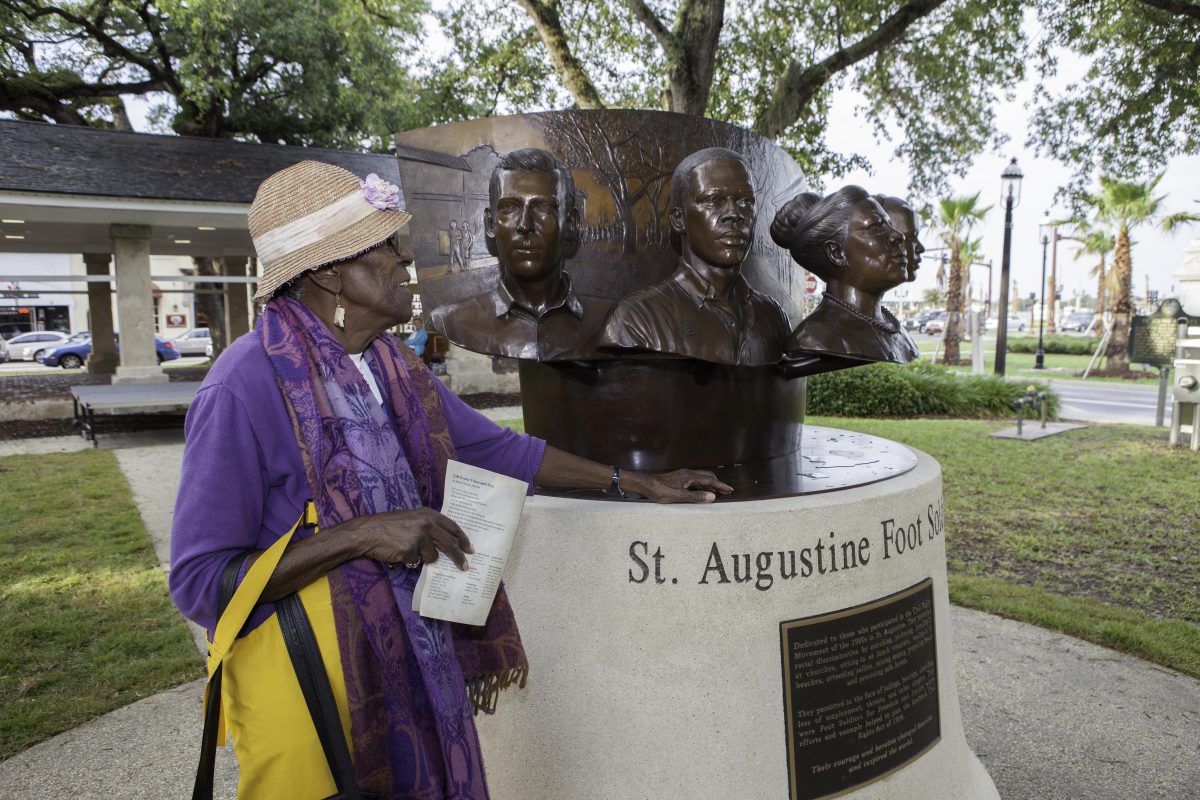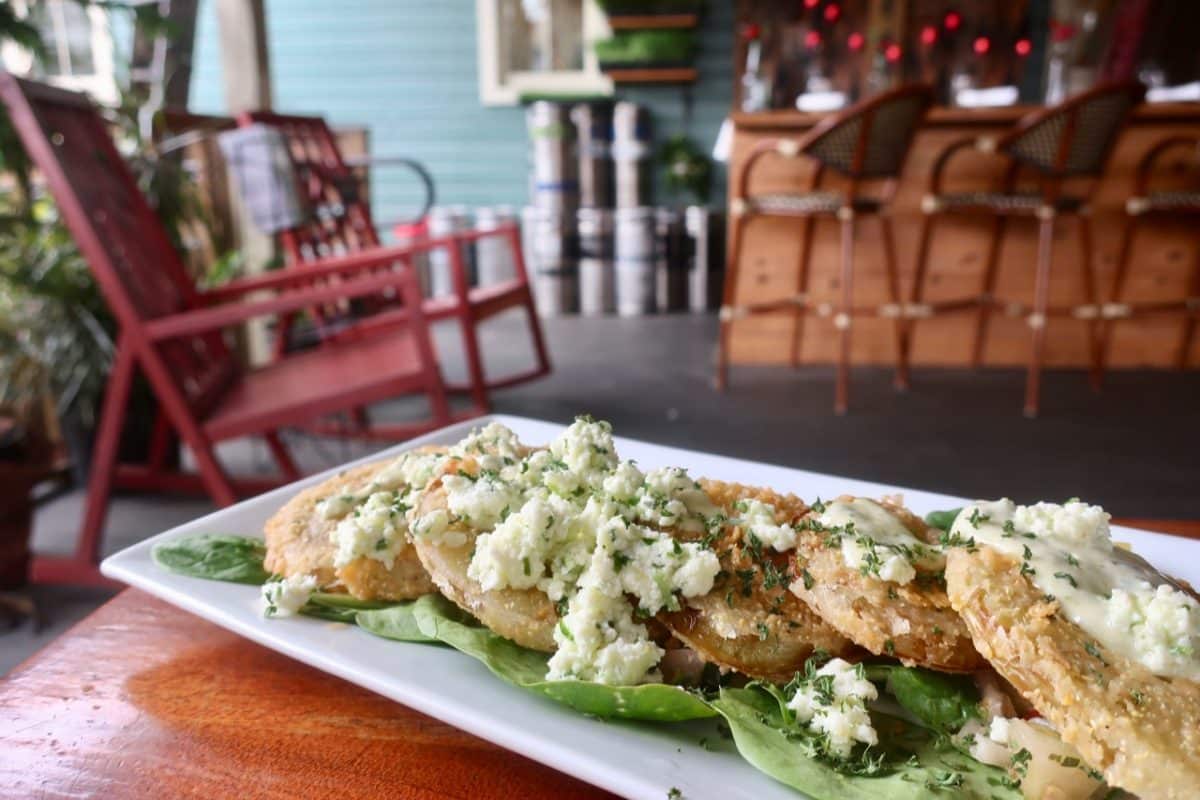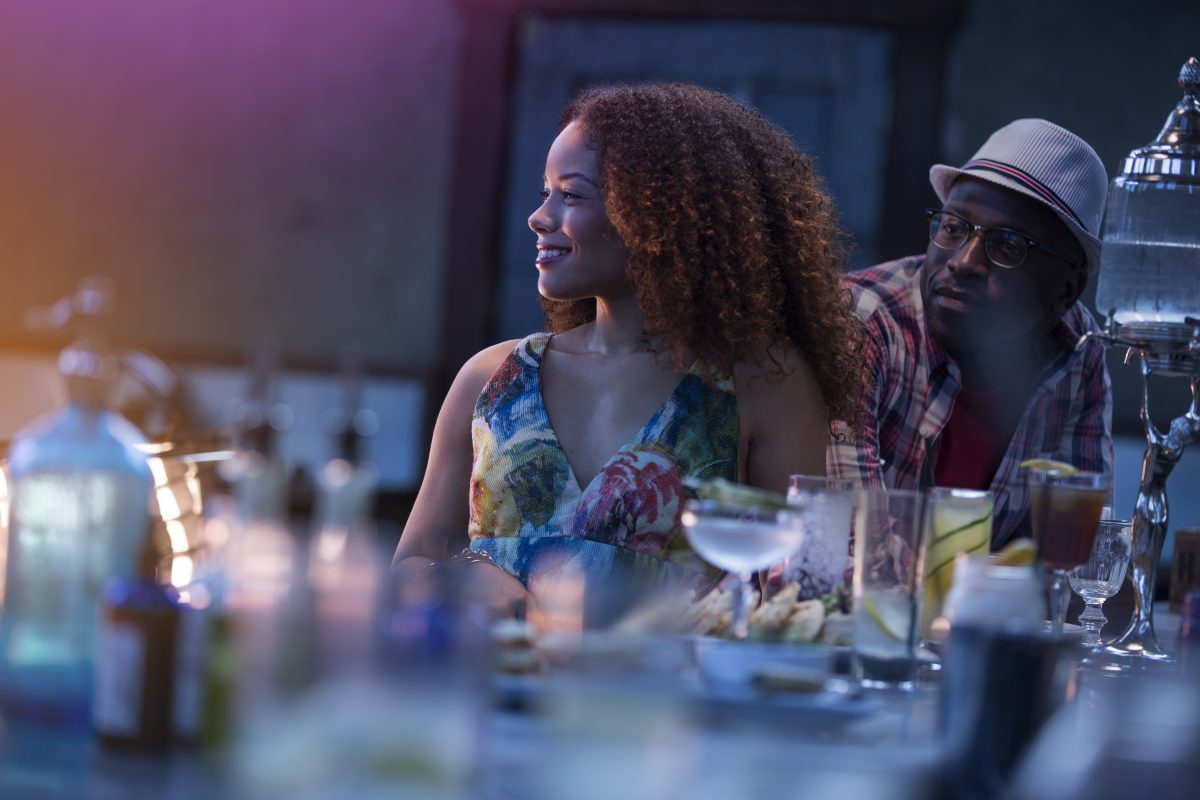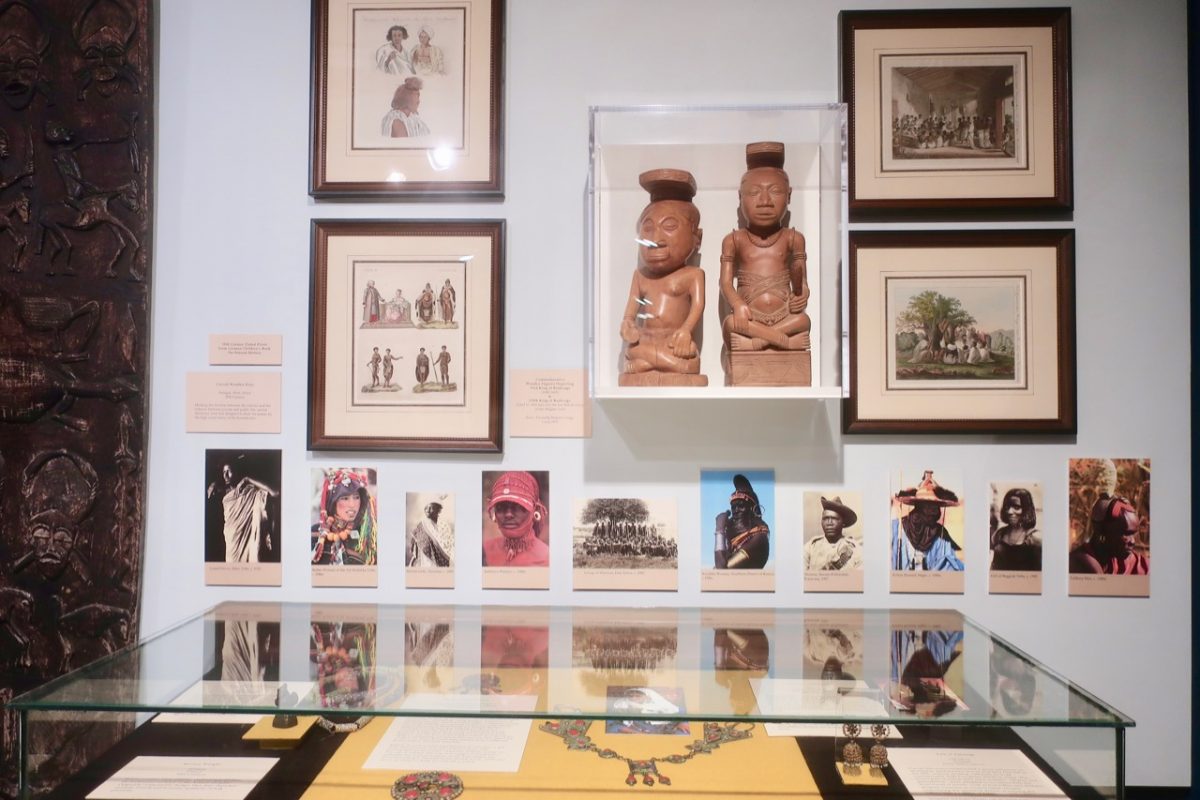Cuisine Noir Magazine. April 2019.
Best known as the oldest European settlement in the United States, the charming town of St. Augustine, Fla., is a well-kept secret. It’s rich history, Spanish-style architecture, European-style promenades and beautiful Florida bay, make it idyllic to treat your mom or escape with your girlfriends this spring or summer.

Getting to St Augustine is easy. Just fly into Jacksonville and take a 45-minute cab ride to the city. Once in St. Augustine, you don’t need to drive. The 144-block city filled with B&B’s, restaurants, museums, shops and homes, is accessible on foot and by the Red Train trolleys that stop at major attractions.
Stay at the family-run Bayfront Marin House Inn, a cozy home with porches and hammocks to relax and enjoy a view of the gardens and the bay. Mingle with the owners and other guests over a free cocktail hour offered every evening. Alternately, splurge at Casa Monica, a luxury hotel set in a Moorish Revival-style building built in 1888 in the heart of the historic district. Even if you are not staying at the hotel, stop by for a glass of chilled sangria and spicy Kessler calamari at the Mediterranean restaurant, Costa Brava. The Moroccan inspired interiors and artwork spread throughout Casa Monica are worth looking around.
The Birthplace of African-American History
St. Augustine is the birthplace of African-American history. Fort Mose (two miles north of St. Augustine) is the site of the first free African settlement legally sanctioned by the Spanish in what is now known as the United States in 1738. It is also the headquarters of the first Black armed soldiers commanded by a Black officer, who actively engaged in military combat with English colonists from the Carolinas and Georgia. St. Augustine was one of the few places in Florida to enforce emancipation during the Civil War. Dr. Martin Luther King Jr. traveled to St. Augustine and was arrested on the steps of the Monson Motel (now the Hilton St. Augustine Historic Bayfront). It is believed that King’s arrest along with demonstrations he organized are what led to Senate passing the Civil Rights Act of 1964.
St. Augustine is also the longest European inhabited city in the United States where you will find descendants of its original European settlers still running establishments. As a result, excellent quality restaurants are serving international cuisine with a Florida twist. Taste the best Majorcan clam chowder at Catch 27, French escargot in white wine at Cafe Alcazar, Polish pierogis at Gaufre’s & Goods Inc, authentic Cuban sandwiches at La Herencia Café and fried green tomatoes at The Floridian Restaurant.

Eat and Drink St. Augustine
Have a southern brunch of Mayport shrimp and grits on the porch of Preserved Restaurant, located in a Victorian home, once occupied by Thomas Jefferson’s great-granddaughter and ran by James Beard-nominated chef Brian Whittington. Head a block over to see the first stop (#101, 79 Bridge Street) on the ACCORD Freedom Trail in the Lincolnville neighborhood, which was settled by freed slaves and played a significant role in the Civil Rights movement.
Take a tour of Florida’s first distillery set in a former ice plant from 1917. Here you can learn about the process of making spirits and taste bourbon, gin, rum and vodka at the St. Augustine Distillery. Make sure to check out The Ice Plant, a cool bar upstairs known for its handcrafted cocktails and a breezy patio overlooking the city.

Award-winning San Sebastian Winery, celebrated for their premium, sparking and dessert wines from muscadine grapes offers complimentary wine tasting tours. A great way to round up the afternoon is by learning how to make chocolate during a Whetstone Chocolate Factory tasting tour.
You may not find any “magic water” at the Ponce de Léon’s Fountain of Youth Archaeological Park, but it’s a good place to indulge in some history and nature. Stroll through the lush 15-acre park among majestic peacocks and stop at the open-air exhibits featuring Timucua civilization and the Spanish conquests.
Perhaps a better way to detox your mind and body is by spending time in a sensory deprivation floating tank at the St. Augustine Salt Spa. Inspired by the world-famous Polish Wieliczka Salt Mine, this is the first 5-star halotherapy (salt therapy) health resort in Florida featuring a salt cave made with imported Polish and Himalayan salt, infrared sauna and float tank therapies. Plan to spend approximately three hours to enjoy all the amenities.
The Lightner Museum, housed in the former Alcazar Hotel, has an eclectic collection of items including art from Africa. The interior of the hotel once had the world’s largest indoor swimming pool in 1888 and is now used for weddings and events.

An entire weekend is not enough time to visit St. Augustine’s many museums, art galleries, and boutique shops. A guided tour of the Flagler College, former Hotel Ponce de León, known for its Spanish Renaissance architecture and a prestigious guest list, is a must. Tours are usually sold out so book in advance.
For more information for planning your trip to St. Augustine, go online to www.visitstaugustine.com and follow the city’s adventures on Facebook,Twitter and Instagram.
~ Written for and published by Cuisine Noir Magazine.